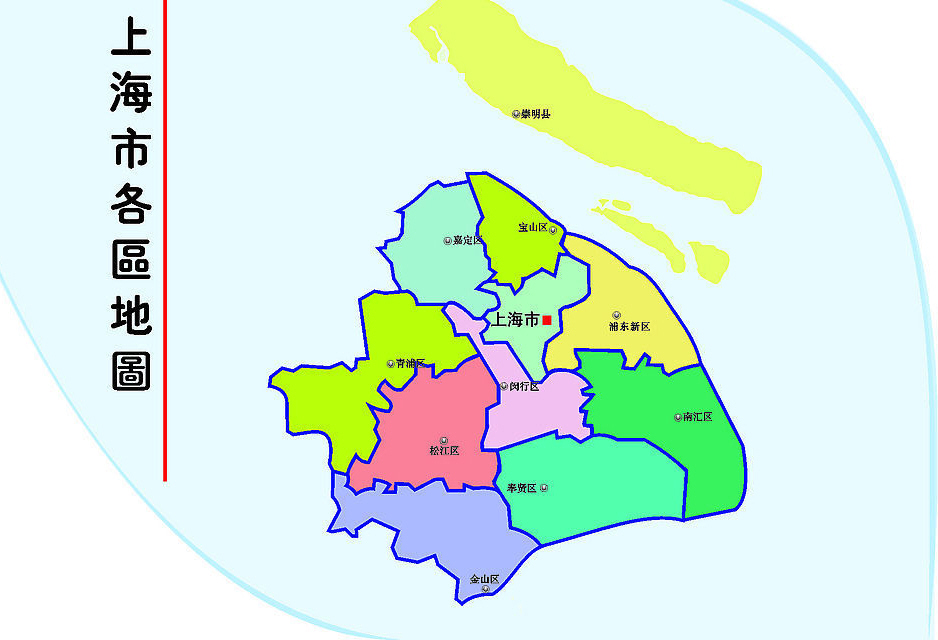Shanghai Origin
Before 1949, Shanghai was known as the “ten-mile foreign field”, has attracted a lot of concessions in settlement of foreign nationals. In which the upper nationals (mainly from the United States and Britain, a total of 10000 people) live mainly in the two settlements of the West, as well as cross-border road-building lots (this Xuhui, Changning, Jing’an District).
And a variety of lower middle class expatriates – the Japanese, Portuguese Macao, some White Russian refugees, Jewish refugees during World War II, as well as a policeman in the International Settlement of Indian Sikhs, are mainly concentrating in the Hongkou District, north of the Suzhou River.
Many fled to Shanghai to escape the Soviet Red Army’s White Russian refugee in Shanghai, after the success of a foothold, have moved to the French Concession near the central part of Xiafei.
Although the French Concession in Shanghai, has opened up, however, the number of expatriates has always been rare (even in the French Concession has also always been a small number of expatriates), and account for a large proportion of Catholic clergy. These foreigners in 1949, almost all left Shanghai.
Before 1949, immigrants from all parts of China inhabited by ethnic groups have often taken the form of. Shanghai early immigrants, mostly from neighboring Jiangsu and Zhejiang in southern areas of the Wu dialect, in particular, Suzhou, Ningbo and other places.
Since its inception in 1843 Shanghai, Ningbo businessman immediate influx of Shanghai, the use of geographical and linguistic advantages, the rapid beat Guangdong Chinese comprador, the most influential companies in Shanghai to help. In 1860, when the Taiping attack Suzhou, Suzhou and Shanghai residents set off a massive wave of migration.
Immigrants from the Wu area clearly in the dominant position held by Shanghai residents, and occupy the city’s central area. While those from Jiangsu Jianghuai Mandarin area north of immigrants (Jiangbei person or persons in northern Jiangsu) mostly marginalized, many of them are refugees came to Shanghai to escape floods in his hometown, they mainly live in cities in the north-west edge of the Zhabei District , Putuo District, there are many people living in urban northeast Yangpu District, Hongkou District, Ningbo and other places with their counterparts from the immigration mixed. Primarily immigrants from Guangdong, Sichuan Road, Hongkou District gathered in the area.
In the mountains the countryside educated youth movement, the mid-50s from the 20th century to the 70 end of the decade spanned over 25 years, many young people in Shanghai have been distributed to all over the mainland, but also changed the composition of the population in other areas. After the end of the Cultural Revolution, Shanghai’s educated youth has gradually transferred back to Shanghai.
In the late 1990s, Shanghai has once again become a city of immigrants destination. Many people across the continent to move to Shanghai to settle. The people of Taiwan, Hong Kong people the large number of permanent residents in Shanghai. As many foreign companies with offices in Shanghai, all year round, so many foreigners all year round to settle in Shanghai.
Small number of Jews still in Shanghai, to run a family business, has brought business opportunities in Shanghai. Japan, Korea and many of them are gathered in the “old north” district in the vicinity. Now, a growing number of Westerners in succession in Xuhui District, Changning District, Shanghai, and live together.

Shanghai Origin